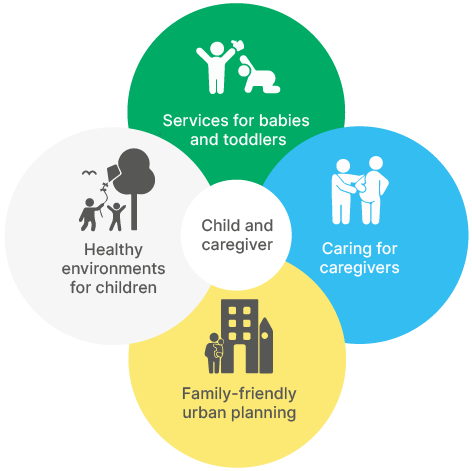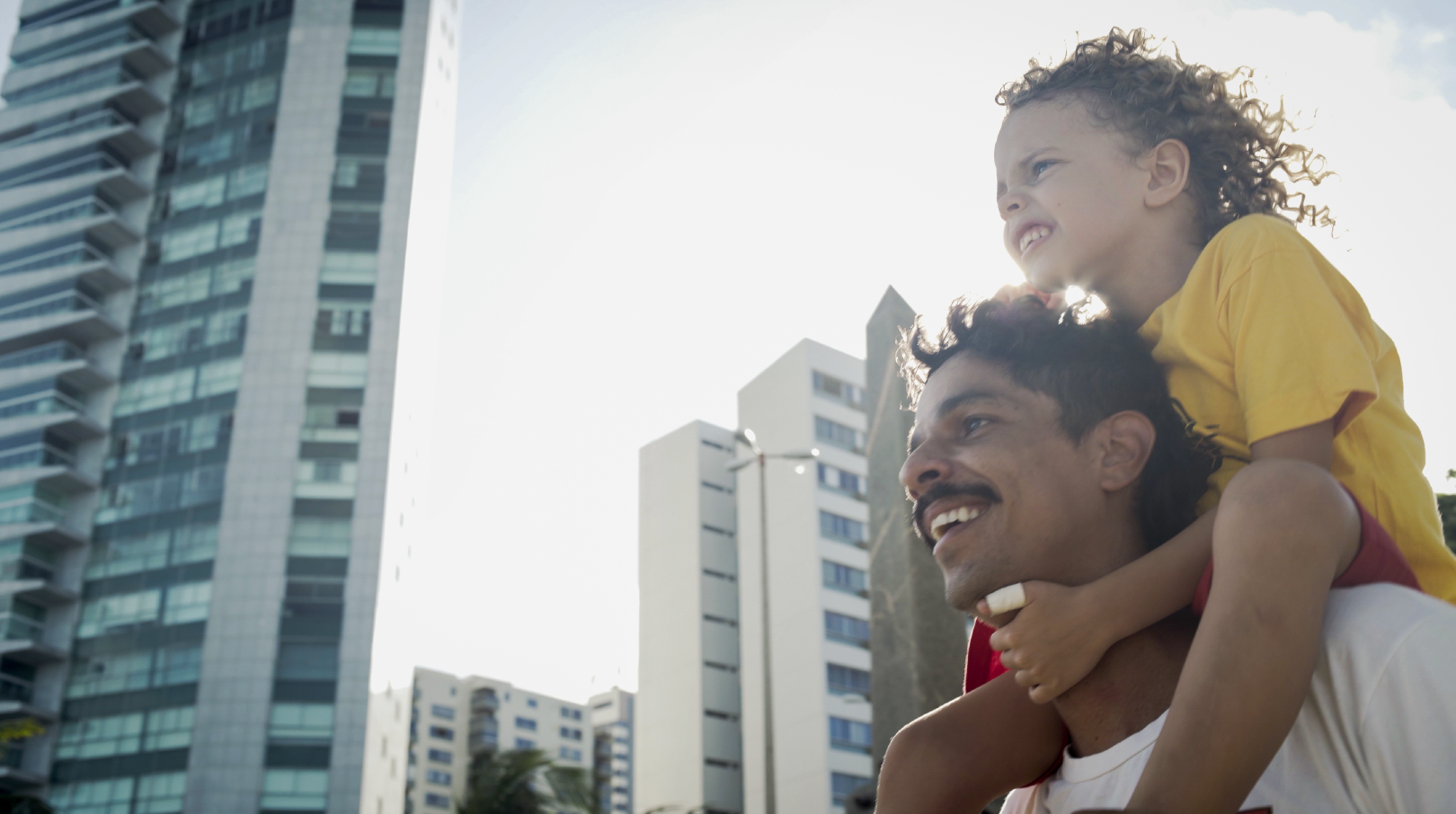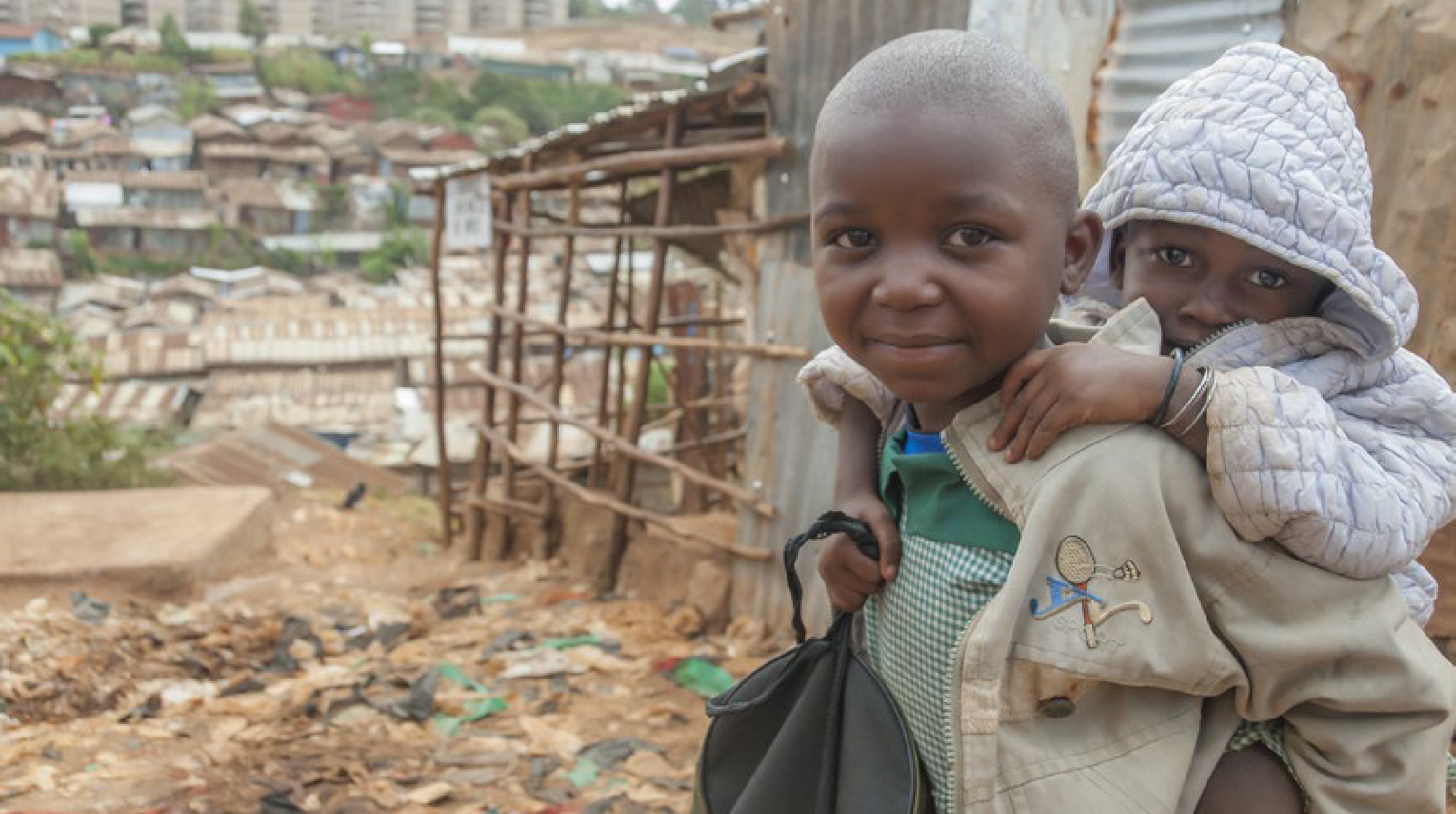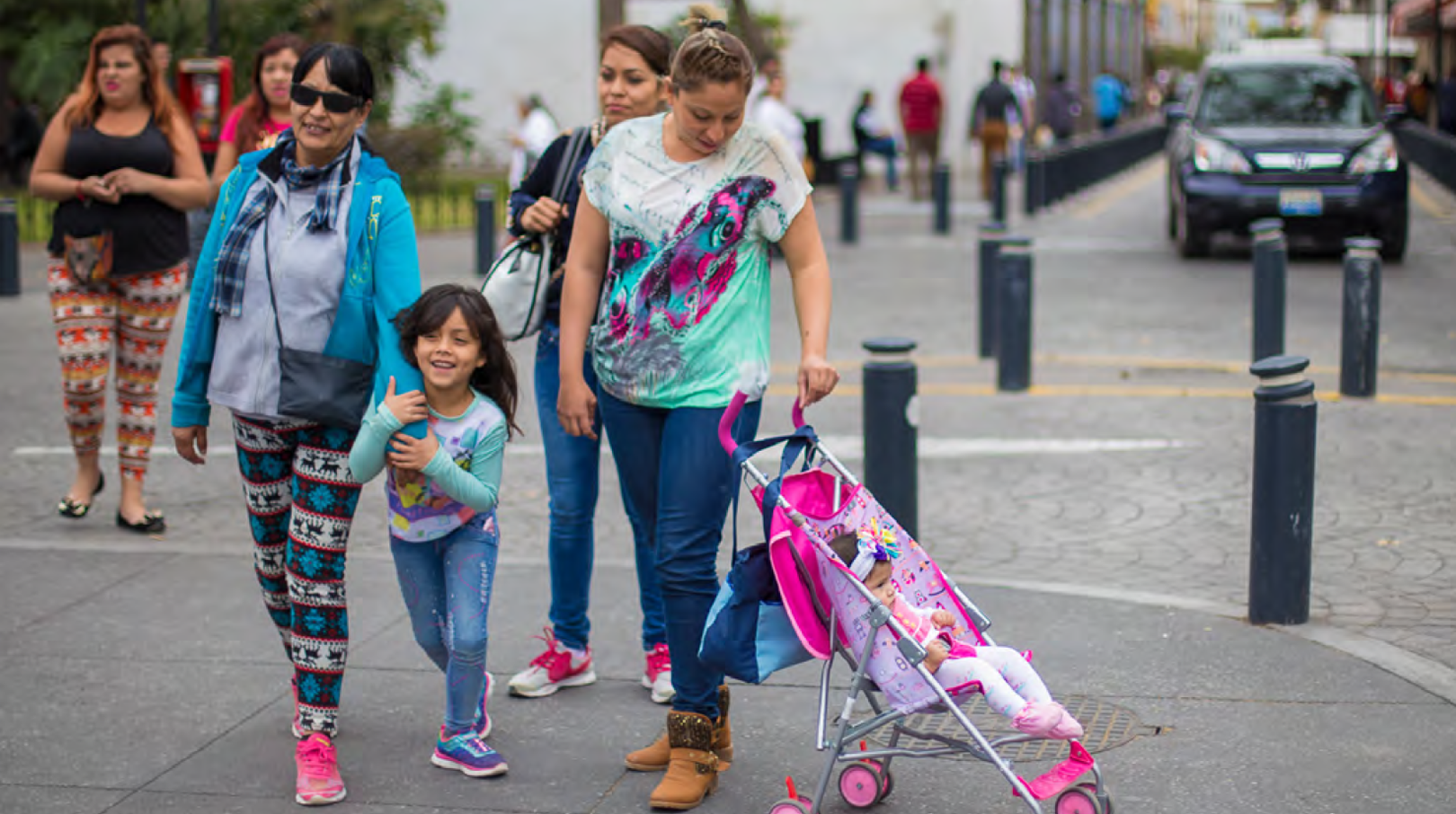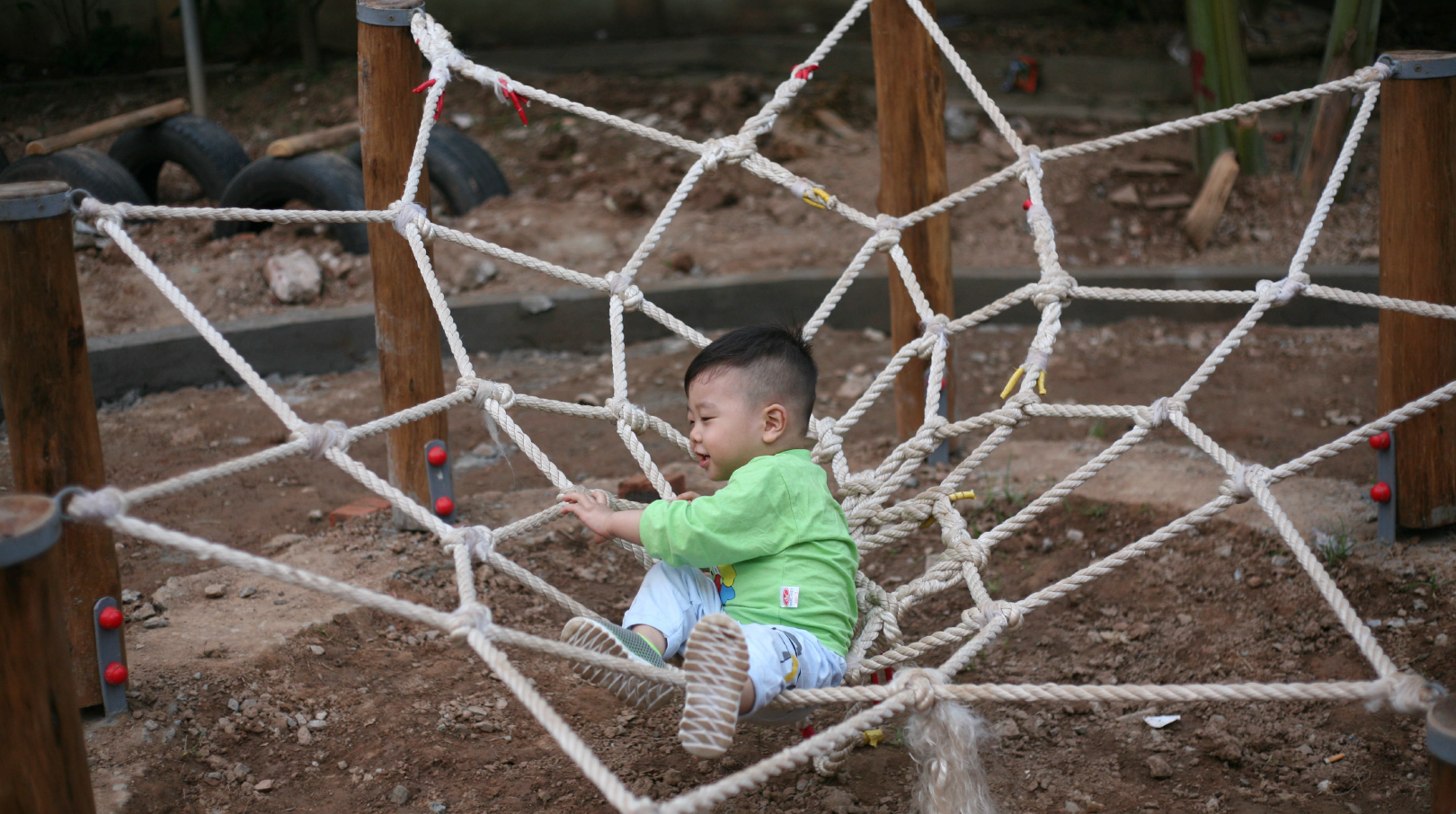If you could experience your city from 95cm — the height of a 3-year-old — what would you change?
This is the core question Urban95 seeks to answer on behalf of the babies, toddlers and caregivers who rarely have a voice in city policy, planning or design.
By connecting social and spatial challenges, our goal is to encourage cities to create spaces where children can grow, learn, create, imagine and play across all neighbourhoods, reaching as many families as possible.
Cities for babies, toddlers and caregivers are good for everyone
The presence of children and families is a measure of a city’s vibrancy and dynamism. Cities can be wonderful places to grow up, but they can also pose serious challenges for the health and wellbeing of babies, toddlers and the people who care for them – from a lack of nature and safe spaces to play, to busy streets and accessibility challenges, to social isolation.
Today, more than a billion children are growing up in cities. Urban families around the world, especially those living in poverty or in informal settlements, benefit in transformational ways from better services, affordable transport, and safe, clean green spaces for families to play and gather.
Meet the young explorers
Experience the challenges and joys small children growing up in the city encounter every day.
About Urban95
Urban95 is an initiative created by Van Leer Foundation to help city leaders, planners and urbanists understand how their work can influence child development. We support cities to reframe their governance strategies, public policies, budget allocations, knowledge sharing and training with an early years lens.
Family-centred urban planning and design is not only about building more playgrounds. Urban95 takes an integrated approach that combines improving urban spaces and providing services. By working across sectors and thinking holistically – cities can create urban environments that welcome families and encourage the healthy development of young children and also support the wellbeing of parents and other caregivers.
The Urban95 Academy is a fully-sponsored leadership programme to help city leaders design better cities for young children and their caregivers.
Urban95 partnerships
We collaborate with and support our Urban95 partners to work on diverse aspects of city design and urban life focused on the neighbourhood level in cities around the world.
Urban95 initiatives cover a range of areas such as:
- Parent wellbeing and coaching;
- Services including healthcare, childcare, community centres
- Public spaces like parks, gardens, streets and playgrounds
- Family-friendly jobs and housing
- Public campaigns
